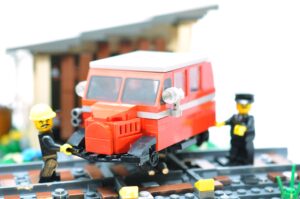Tag: 1970s
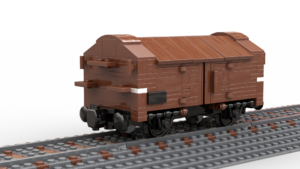
Lidded gondola / Klappdeckelwaggon K06 Bauart Wuppertal
By Detlef
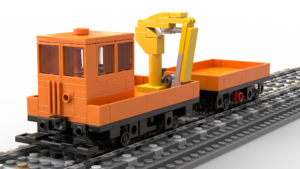
DR series SKL 24
By Detlef
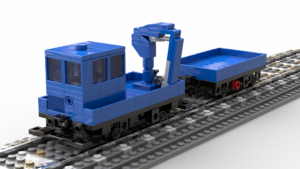
DR series SKL 24
By Detlef

German railbus VT 95
By Thomas Reincke
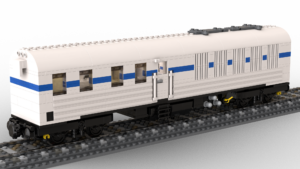
Diesel generator set car with crew compartment DM4 of the DR
By Detlef

Engine Refrigerated Wagon MK4 of DR
By Detlef
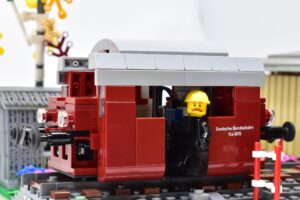
German battery powered small locomotive Ka 4015 (381 101-5)
By Thomas Reincke

German Tramway Verbandswagen
By Thomas Reincke
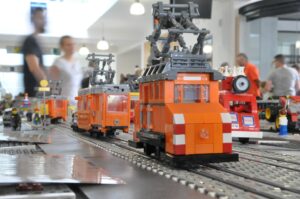
Tramway Railgrinder Aachener Straßenbahn TSS 1
By Thomas Reincke
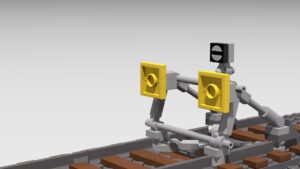
friction buffer stop
By Thomas Reincke
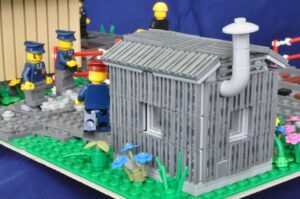
German quonset hut
By Thomas Reincke

German level crossing “Reichsbahnschranke”
By Thomas Reincke
